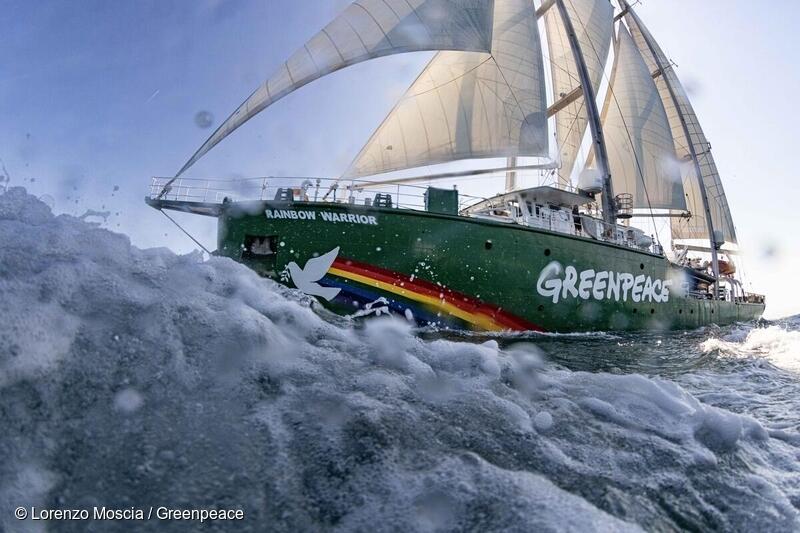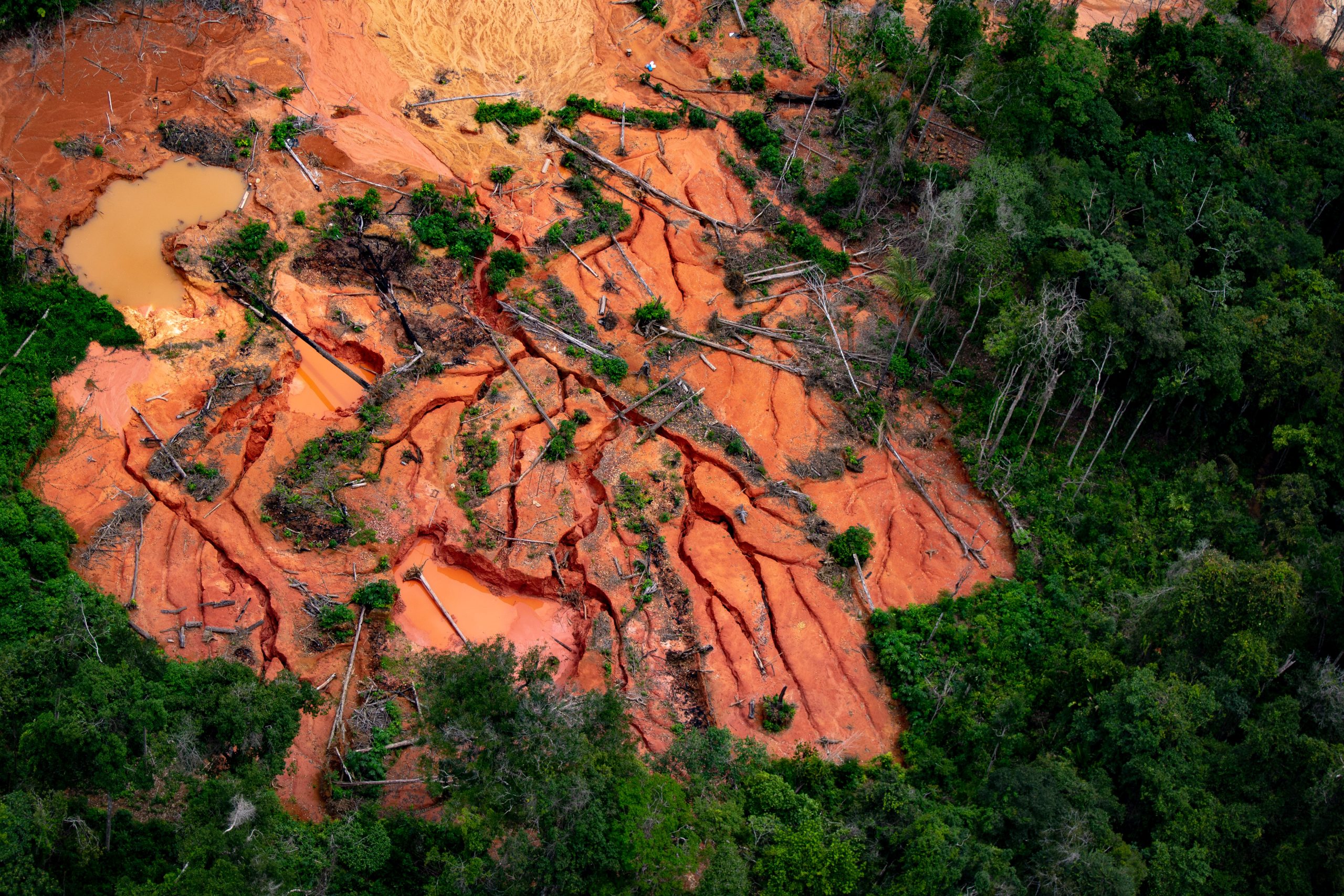
Art of mapping technologies for environmental protection
Global Mapping Hub was established in 2017 as part of Greenpeace to support global campaigns and research.
We serve as a mapping, remote sensing and GIS analysis provider and a capacity building center.

Art of mapping technologies for environmental protection
Global Mapping Hub was established in 2017 as part of Greenpeace to support global campaigns and research.
We serve as a mapping, remote sensing and GIS analysis provider and a capacity building center.
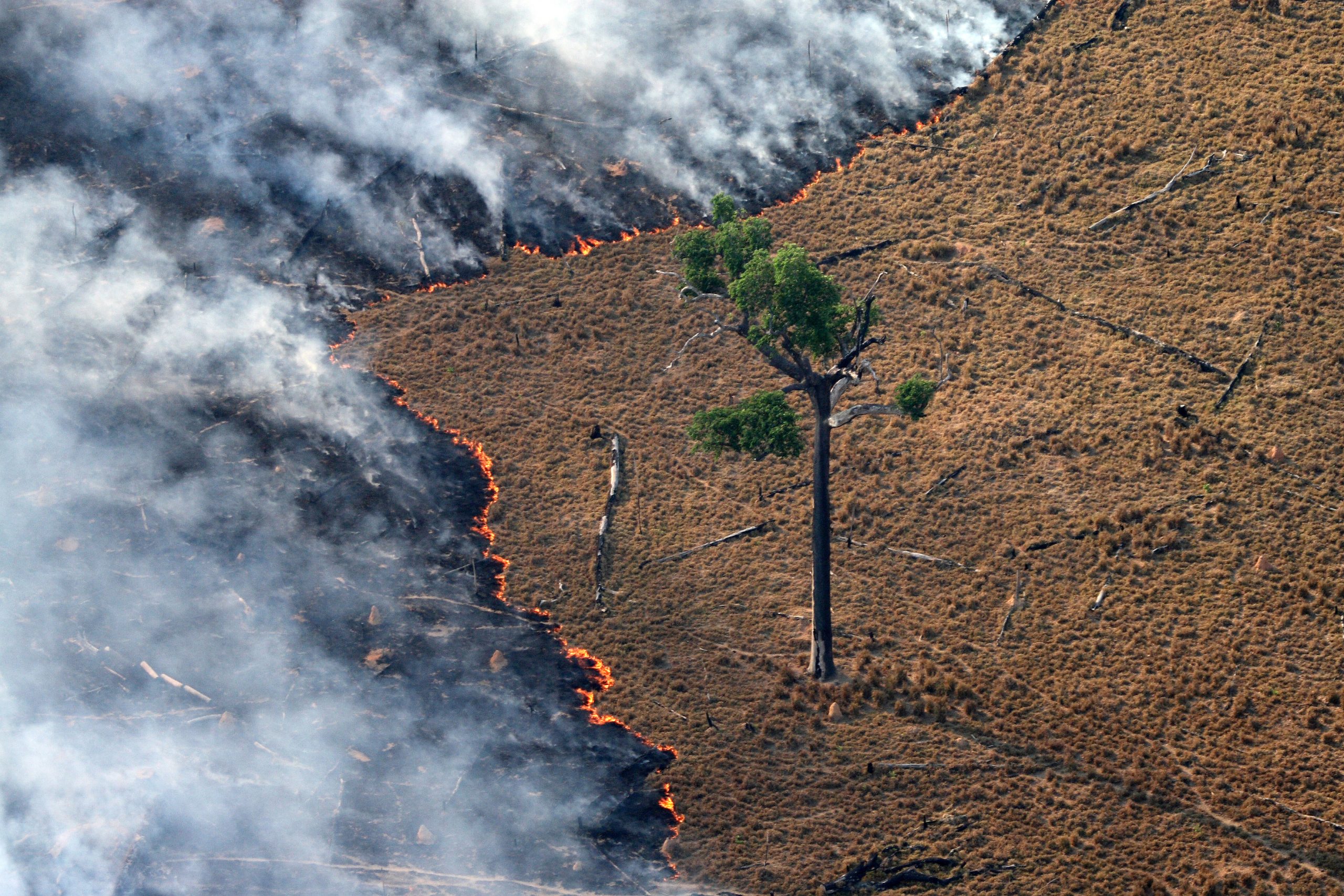
Art of mapping technologies for environmental protection
Global Mapping Hub was established in 2017 as part of Greenpeace to support global campaigns and research.
We serve as a mapping, remote sensing and GIS analysis provider and a capacity building center.
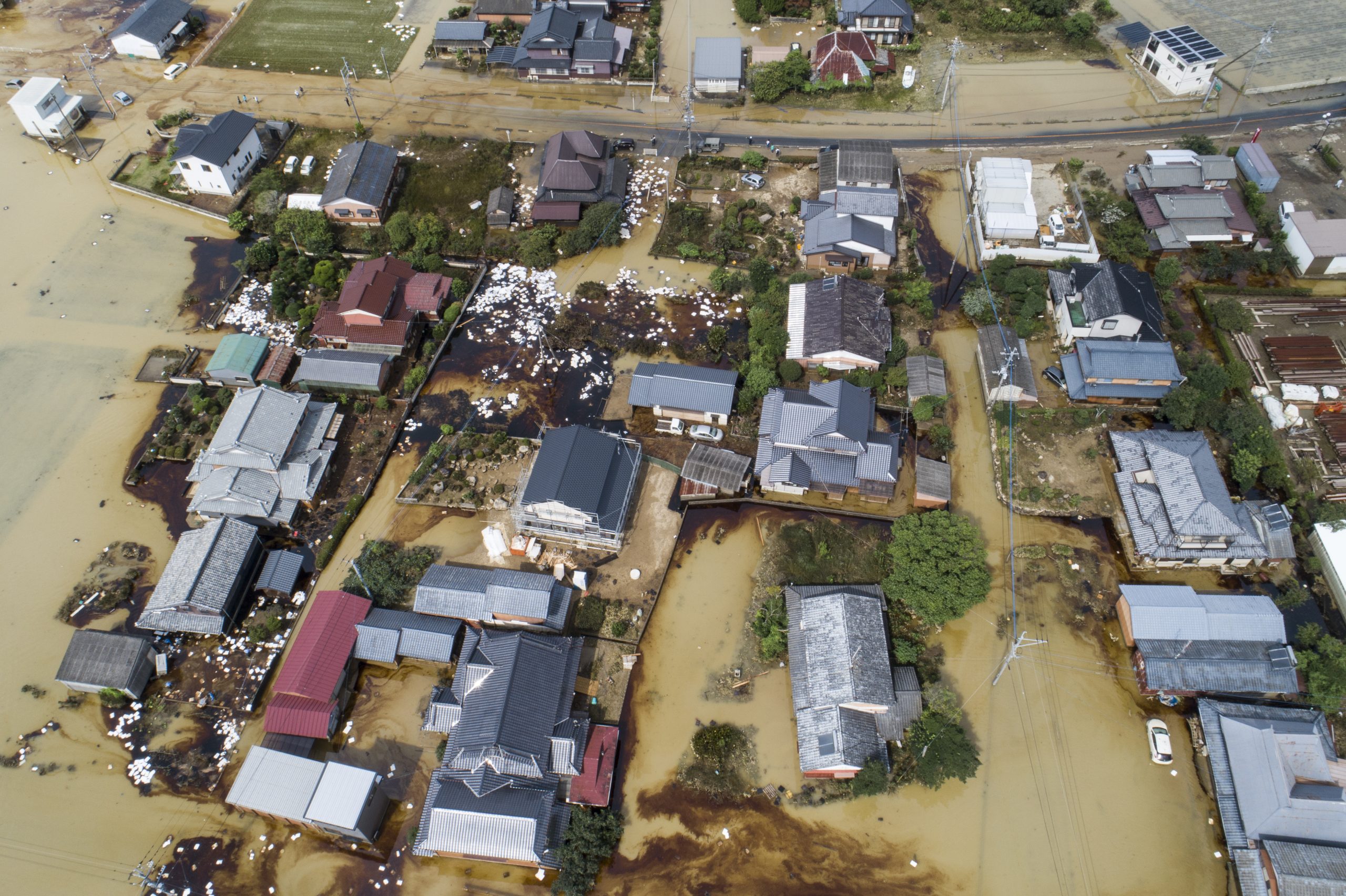
Art of mapping technologies for environmental protection
Global Mapping Hub was established in 2017 as part of Greenpeace to support global campaigns and research.
We serve as a mapping, remote sensing and GIS analysis provider and a capacity building center.
About us
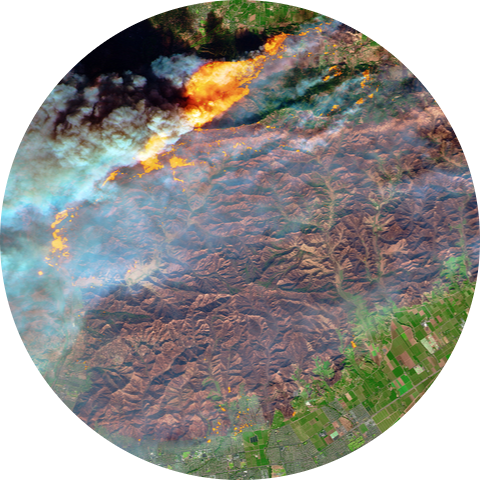
Technology
We explore and test state of the art developments, create and apply new mapping approaches
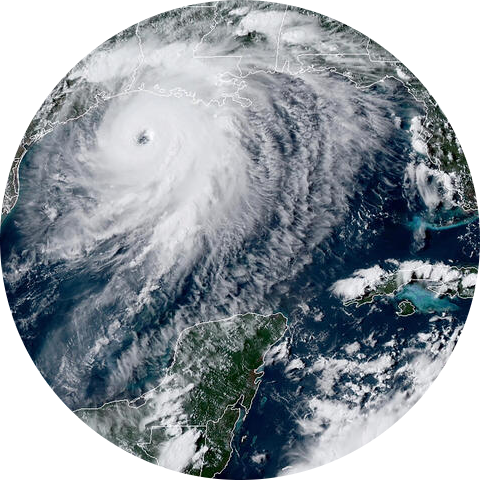
Integration
We accumulate best practices, resources, standards and integrate mapping tools into global projects
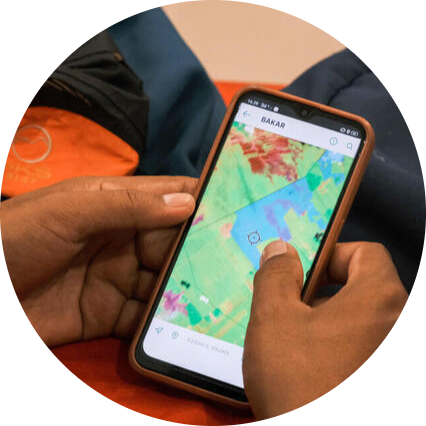
Community
We increase expertise, provide trainings, networking and support Greenpeace mappers
Our projects
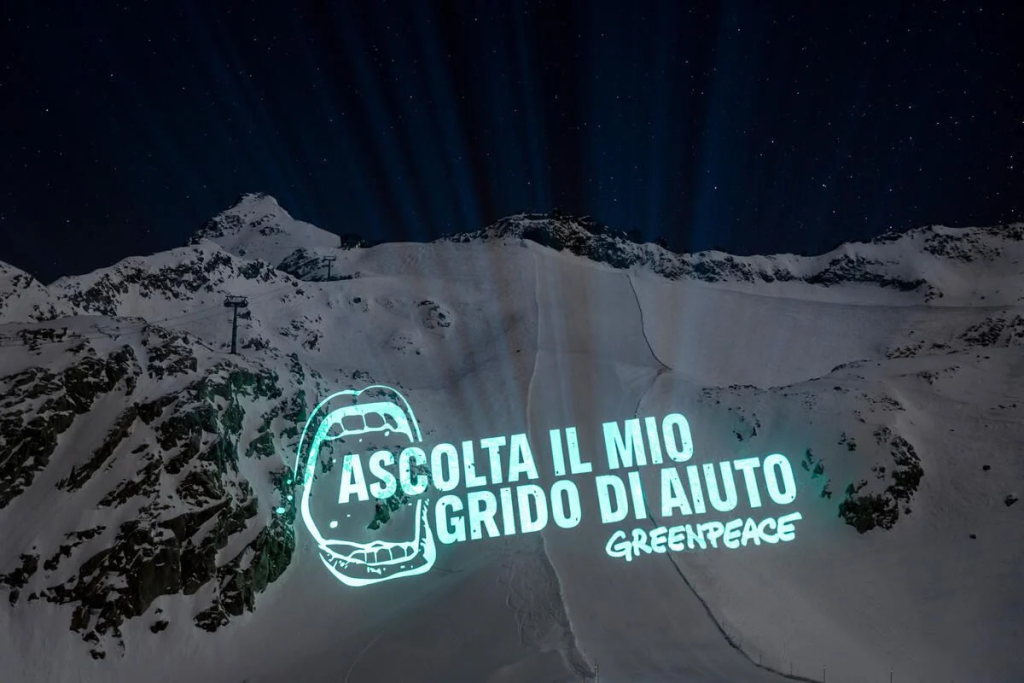
Decline of the Italian glaciers from the year 2000 to 2100
This map provides a visual representation of the projected glacier retreat in the Italian Alps from 2000 to 2100
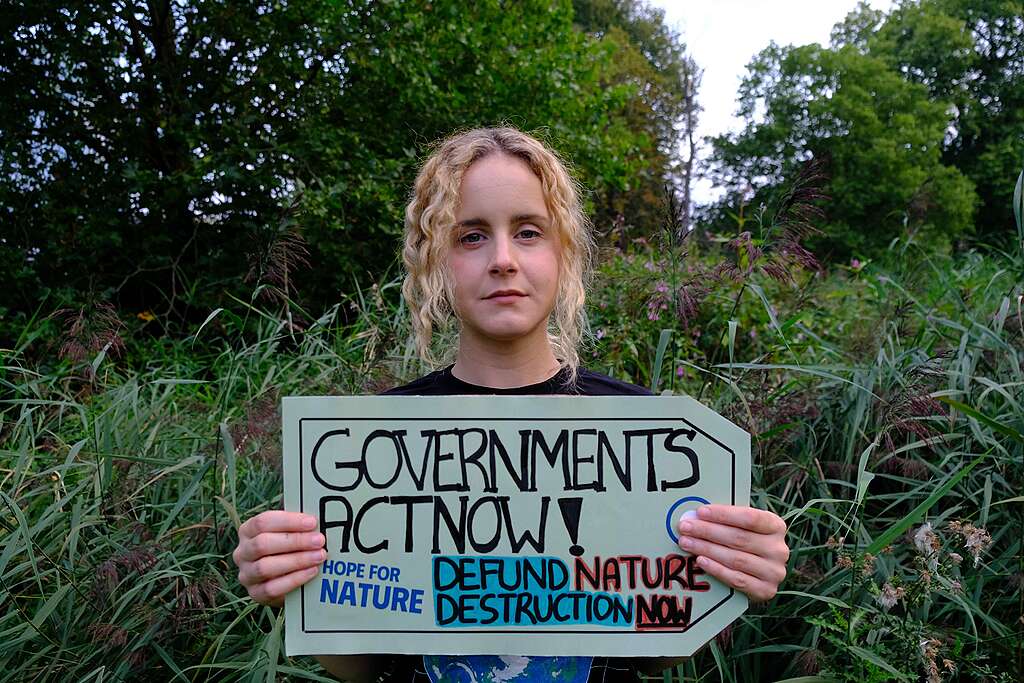
Messages of Hope for Nature
Across the globe, people are uniting to reconnect with nature and demand a future where our environment and climate are restored. This interactive map showcases their stories, amplifying the call for urgent action to protect our planet
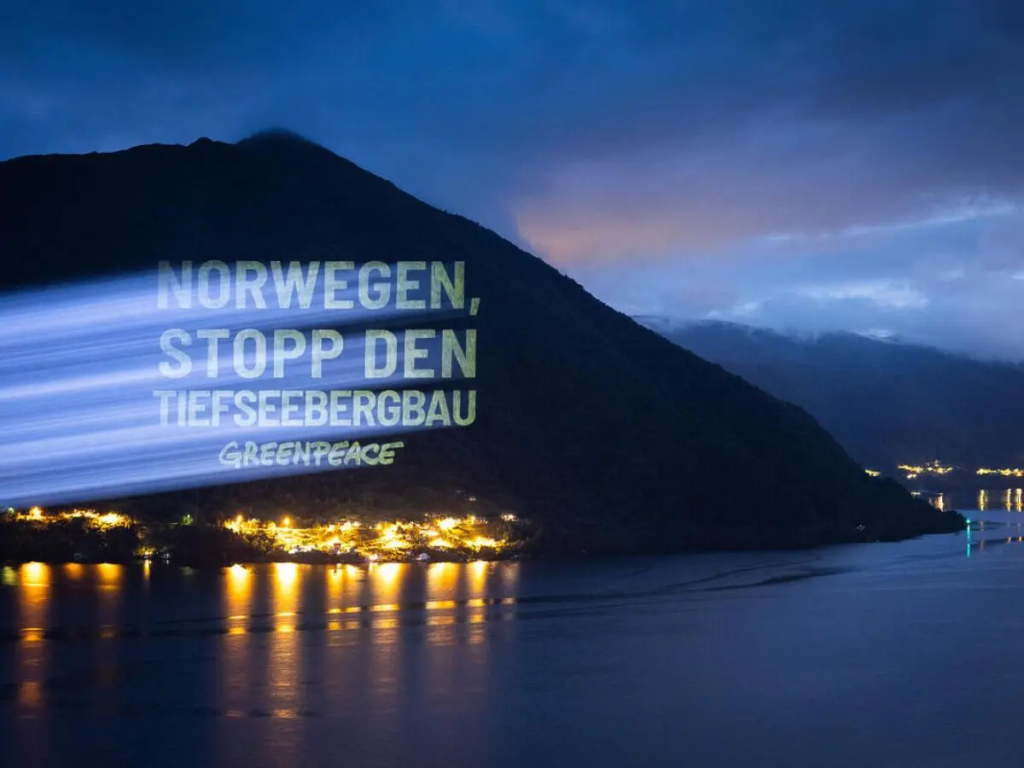
The Norwegian Deep-Sea Mining Project
This interactive map provides geographic, economic and environmental context for Norway’s deep-sea mining project
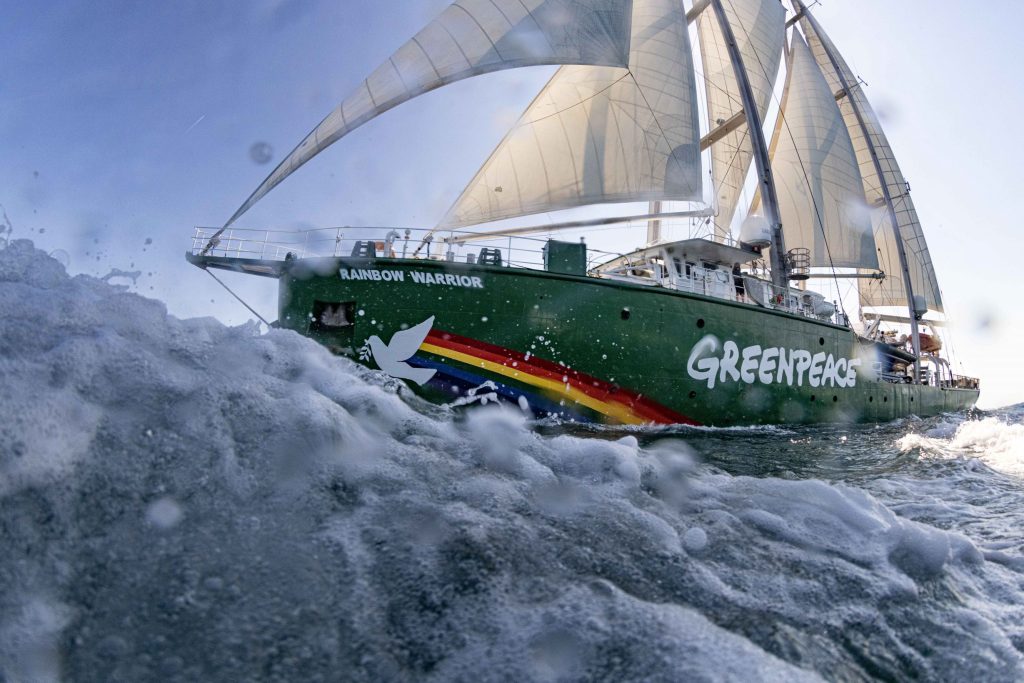
Rainbow Warrior Ship Tour
Symbol of peaceful confrontation in defense of the Ocean Justice
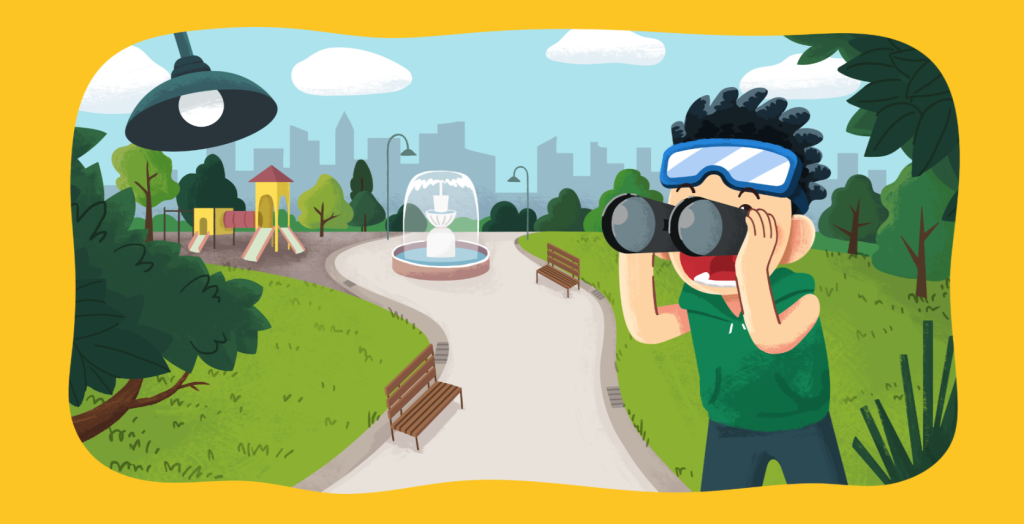
Plastic Detective
Dou Dou’s Mission to Save Taiwan’s Wildlife
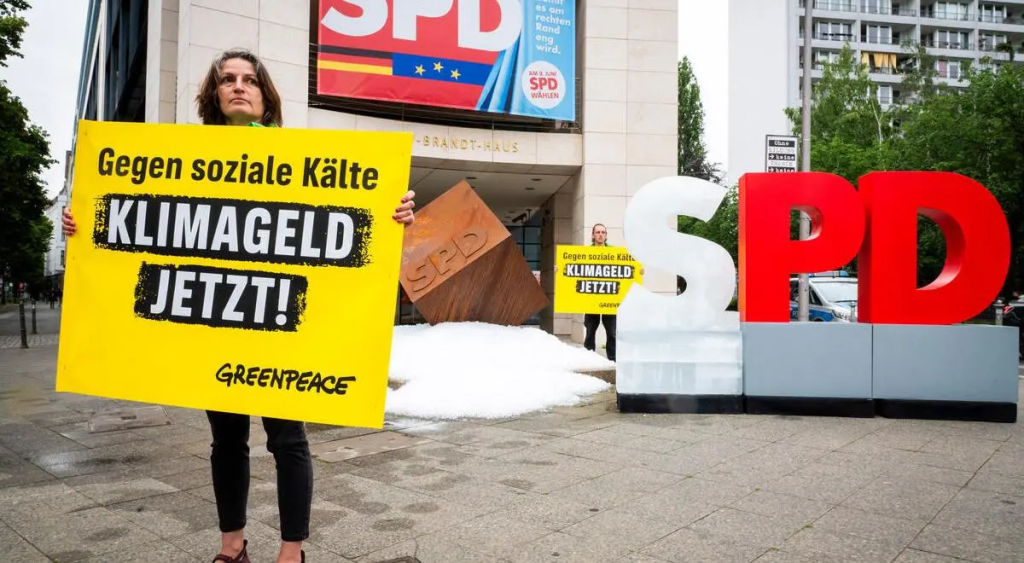
Messages to German MPs on Climate Money
This interactive map showcases messages and postcards sent by people across Germany to their constituency representatives, urging the rapid introduction of climate money
Scientific papers
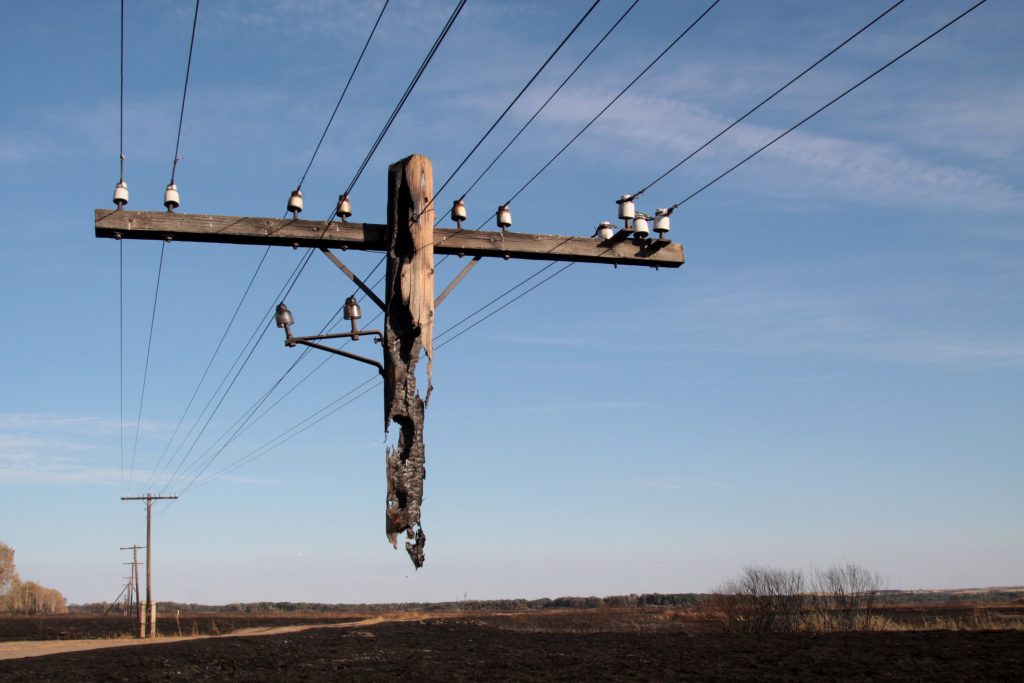
Spring fires in Russia: results from participatory burned area mapping with Sentinel-2 imagery
Human-induced fires play a crucial role in transforming landscapes and contributing to greenhouse gas emissions.
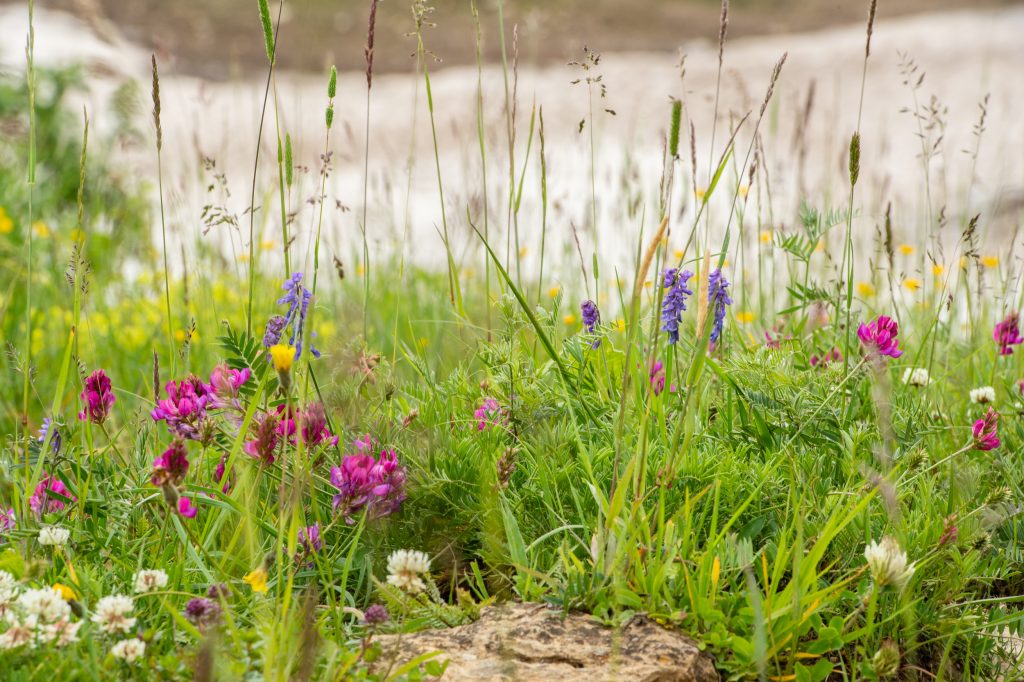
Mapping and spatial distribution analysis of herbaceous vegetation in the transition area of Polistovsky reserve
Meadows of the temperate zone are characterized by high biodiversity. Recently their area has been reduced as a result of land use change.

Land-cover change in the Caucasus Mountains since 1987 based on the topographic correction of multi-temporal Landsat composites
Mountainous regions are changing rapidly across the world due to both land-use change and climate change. Given the importance of mountainous regions for ecosystem services and endemic biodiversity, monitoring these changes is essential.
Contact us
